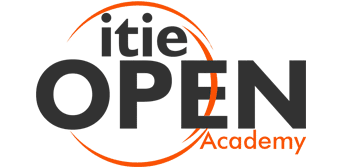The objective of this course is to introduce the capabilities of explicit non-linear solver LS-DYNA to analyze complex impact problems. Detailed descriptions are given of the data required to run LS-DYNA analysis. Examples are used to illustrate the points made in the lectures. The instructor, Dr. Pradeep Mohan, has previously taught this course to Master’s and Doctoral students at The George Washington University (GWU) in Washington D.C., USA.
Application Examples
- Vehicle design for crash worthiness to meet world-wide regulations. The picture on the left is the FE simulation using LS-DYNA and the picture on the right is from a full-scale physical crash test. The results from the simulation shows similar behavior as observed in the crash test. It is impossible to perceive today’s vehicle designs without the use of non-linear FE solvers.
- Simulation of debris foam impacting space shuttle Columbia’s leading wing structure. The damage to the wing structure resulted in catastrophic disintegration of the space shuttle on its return to earth’s atmosphere. The foam debris impact on the leading wing structure was simulated using LS-DYNA to understand the damage on the heat shield.
- Simulation of truck impacting roadside hardware. The first row of pictures shows the sequence of events in the FE simulation and the second row of pictures shows crash test comparison.
| Mathematical Modeling: |
Developing mathematical models from a physical system. It involves discussion of laws in physics, conservation laws, explicit time integration and building simple models to understand the code structure.
Ex: Cantilever beam, column buckling, tube crush etc.,
| LS-DYNA & LS-PrePost Training: |
This course is intended to provide training on Matlab(R) Simulink(R); an extension of MATLAB(R) computing environment for modeling, simulating, and analyzing dynamic and linear/nonlinear systems. (Customer specific applications will be discussed).
| COURSE CONTENT : | ||
| Introduction |
|
|
| Building first LS-DYNA model & Theoretical Foundations
|
|
|
| Practical Aspects |
|
|
| Software Packages |
|
|
Matlab® Simulink® is a registered trademark of MathWorks Inc. Any other products are their respective owners.

